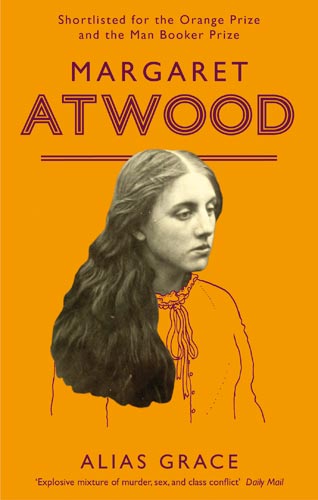 Ostensibly based on a true story, My Notorious life follows
the story of Axie Muldoon, New York street urchin and general ragamuffin as she
claws her way up the fashionable ranks of the rich and privileged to her
eventual position as a wealthy but notorious women’s physician. It documents the birth of midwifery, the stifling social oppression and dual standards that were rife in the Victorian era and the pretty grim lives of ordinary women
Ostensibly based on a true story, My Notorious life follows
the story of Axie Muldoon, New York street urchin and general ragamuffin as she
claws her way up the fashionable ranks of the rich and privileged to her
eventual position as a wealthy but notorious women’s physician. It documents the birth of midwifery, the stifling social oppression and dual standards that were rife in the Victorian era and the pretty grim lives of ordinary women
Foul mouthed and filthy, living with her Irish Immigrant
mother, sister Duchess and baby brother (Joe) in on of New York’s numerous slums,
Axie’s family’s life is changed forever when a philanthropist sends her and her
siblings East to ‘better lives’. Unfortunately the Muldoon matriarch has lost an arm and is sadly
incapable of looking after her children so consents to send them to the prairies.
Axie’s more amenable siblings are adopted but she returns to New York, foul mouthed and wild as ever, determined to return to her mother and rescue Dutchie and Baby Joe from their
captors. When her mother dies in childbirth shortly after Axie’s return, she
goes into the service of a midwife and learns the trade over the course of the
following years- always spurred on by the thought of saving women from the fate
that befell her mother.
With the help of her fellow orphan-train returnee turned husband Charlie (whose business acumen and penmanship help get the business up and running) what starts off as a few remedies sold from a tray soon becomes a mail order success, then a small surgery and on and on. Until Madame de Beausacq, Axie’s professional alias is one of the most notorious figures in New York. Hounded by the judges and the journalists but visited in secret by their very wives and
daughters, Axie has brought midwifery out of the hands of doctors and into the
hands of women and paid the price. Condemned for her “Murderous” practices, her compassion for her patients' circumstances and situations has brought women’s
physicians to the attention of the law, practises that have always been
technically illegal but largely ignored are suddenly becoming more and more heinous
and public.
I had sort of mixed reactions to this book. It is quite soapy and a tad melodramatic. The book opens with a dead body in the bath and Axie making the decision to use its demise to fake her own death...this is the big mystery that I suppose is supposed to keep the reader's interest engaged, but it was not interesting or mysterious enough to warrant such a dramatic opening...it fell a bit flat because of how easy it was to guess the body's identity. It would've been better told in sequence. Some of the characters were more thoroughly developed than others, Greta the German housemaid turned
prostitute turned receptionist really isn't very well developed at all.
She appears to exist purely to set up situations for Axie. Secondly, midwifery
really isn't an area that I would ever choose to read about. Some find it fascinating. I would normally have avoided this book had it not been a Book Club choice. I also found a lot of the editorial choices (the censorship of scandalous words, for example) to be quite off putting.
However, I liked the character of Axie, I liked how she fought tooth
and nail for her position in life and made a success of her meagre lot- a proper little American Dream success story. The
fact that she was never a proper ‘lady’ was also a nice touch, proof that all
the money in the world can’t buy class and you will always swear like a fishwife if that's who you are underneath. I found her relationship with her husband Charlie to be a bit confusing. I understand that orphans can never really trust as they have always been abandoned- but it just seemed to hinder the development of the characters really, her doubting his fidelity and his intentions just distracted from the story. The novel did a good job of demonstrating the lopsided obligation
of men and women when it comes to reproduction. Axie is driven partially by the
need to save the lives of mothers and babies, but also by the social injustice
that places so much blame, infamy and judgement on women, for what is at best a
joint mistake, at worst entirely the fault of the man’s desire and force. She
becomes a champion of preventatives, advice and “obstruction” medicine,
allowing women to plan their families for the first time.



